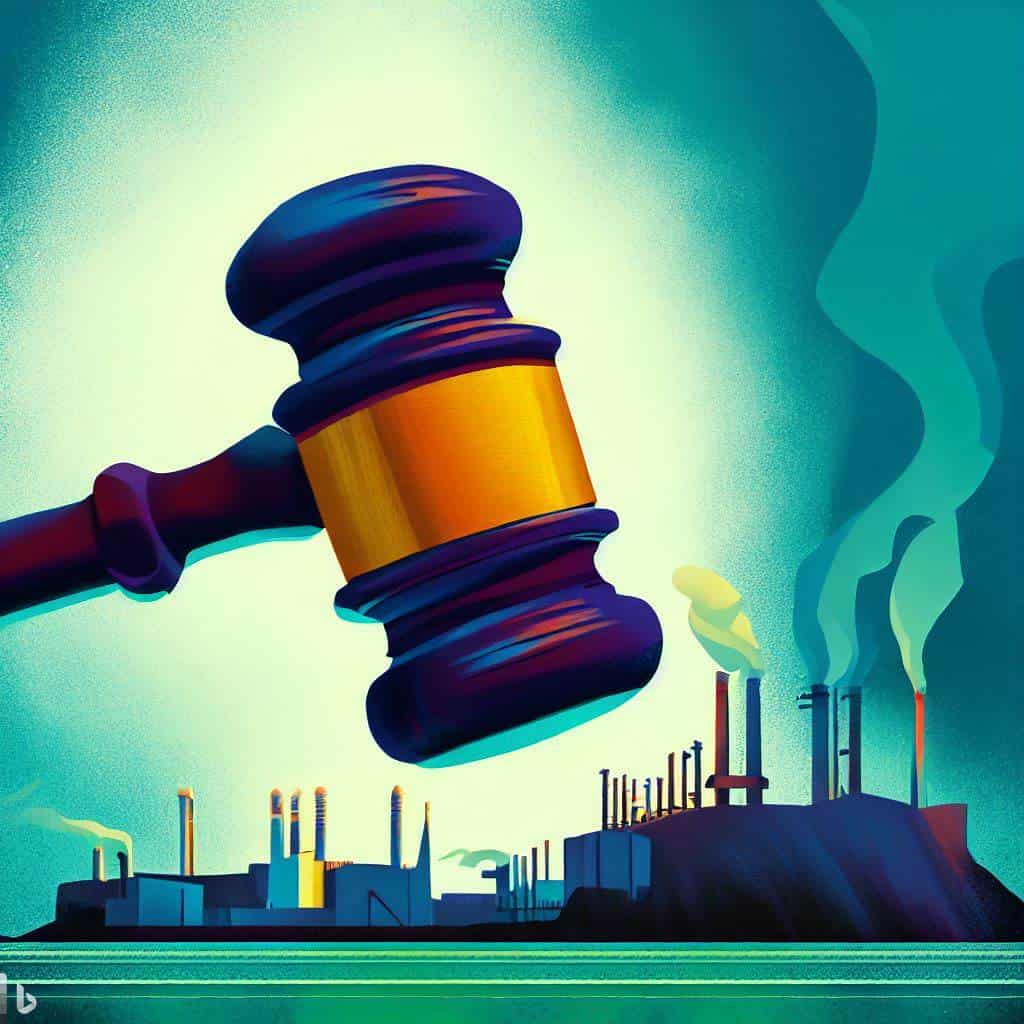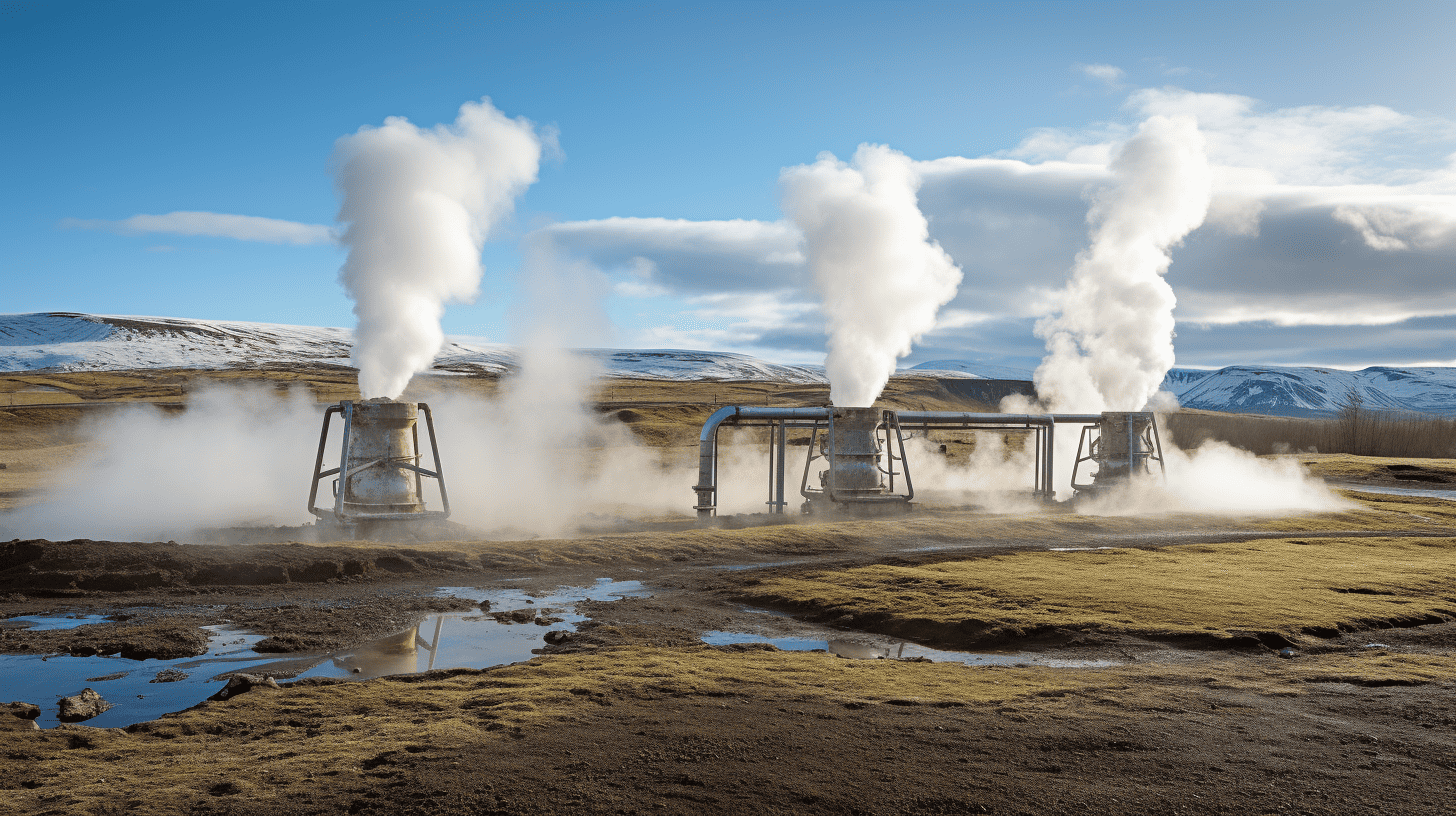
The next Dutch cabinet must do more to meet the 2030 climate targets. The annual Climate and Energy Outlook (KEV) of the Netherlands Environmental Assessment Agency (PBL) reveals that with the current policy – in the best case scenario – emissions in 2030 will be 48 percent lower than in 1990. In the most unfavorable scenario, emissions will fall by 38 percent. Neither scenario is sufficient to reduce emissions by almost half (49 percent) compared to those of 1990.
However, the policy of the outgoing cabinet is not as bad as last year. At that time, the predicted reduction ranged between 30 and 40 percent. According to the researchers, the more positive outcome of this year’s estimate has to do with the CO2 levy and the subsidy for sustainable energy for industry, as well as the use of more biofuels in transport. According to PBL’s calculations, 75 percent of electricity consumption in the Netherlands will come from sustainable sources by 2030.
But the bad news is that a number of sectors are lagging behind. In particular, the built-up environment and agriculture have a negative role in this. Marijke Menkveld, who is involved in the annual estimate on behalf of the Netherlands Organization for Applied Scientific Research (TNO), cites a number of reasons for this. “In the built-up environment – from homes to offices, stores, museums and other buildings in the service sector – we see that by 2030, only 12 percent of heating will be generated sustainably and gas consumption will have fallen slightly. One reason for this is the slow pace at which homes are getting rid of natural gas. At present, only about two thousand existing homes have been rendered natural gas-free. Steps are being taken, however, with a subsidy scheme to get 80,000 rental homes off natural gas. But at this rate, we won’t make it to the 1.5 million natural gas-free homes by 2030.”
Switching to sustainable alternatives
In her opinion, this has everything to do with the fact that sustainable alternatives are still uneconomical at the moment. “Natural gas is difficult to replace. Building a heat network takes time and is not so simple. You are seeing more regular home improvements such as insulation, but that only yields a modest return. Emissions are mainly due to natural gas. In order to reduce them, we must insulate even more and switch to more sustainable alternatives. That all needs to happen a lot faster.”
In the National Budget Memorandum, the government has earmarked funds for this purpose in the form of a national insulation program and subsidies for hybrid heat pumps, for instance. Menkveld: “By not doing everything centrally but via a district-oriented approach and tackling things on an individual basis, it is possible to accelerate the process. For example, homeowners who have to replace their central heating boilers can be compensated via subsidies so that they can purchase a hybrid heat pump. That still doesn’t get you rid of natural gas completely, but it allows you to reduce gas consumption by 50 to 70 percent.”
No policy to work with
The fact that agriculture is lagging behind the targets has mainly to do with the lack of concrete climate policy for this sector. According to the PBL, it is up to the next cabinet to work out climate policy as soon as possible. “There is plenty of discussion. Yet an actual policy is not getting off the ground. Reducing the size of the livestock population could make a difference, but there are no concrete agreements in place yet. Nitrogen policy is also the subject of much debate, however, what exactly needs to be done is not (yet) clear. So we are unable to include that in our estimates either.”
A new Urgenda lawsuit?
Without any additional climate measures, the Netherlands will already exceed the Urgenda target (a 25 percent reduction compared to 1990) set by the Dutch Supreme Court, according to the PBL. Last year, this target was met, mainly because the economy slowed down as a result of corona. Now that the economy is picking up, emissions are also increasing.
According to the calculations, the risk of exceeding the Urgenda target will remain until 2025 if the government does not do more. “In the first half of this year, around 5 megatonnes more of CO2 was emitted than in the first half of 2020. The reason for this is that industry is starting to pick up again, there is more traffic and we have had a colder spring. The risk remains that this trend will continue over the years to come and that a 25% reduction will not be achievable. The new cabinet must take action in the short term to prevent Urgenda from going to court with this report in its hands.”
Read how Britain was able to halve its emissions from 1990 earlier this year here.







